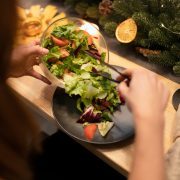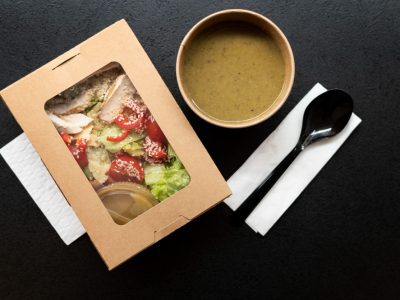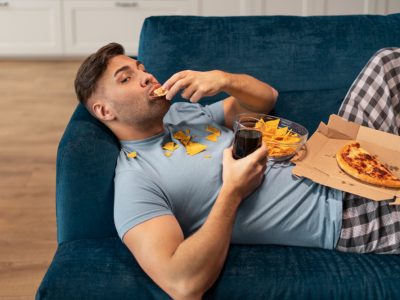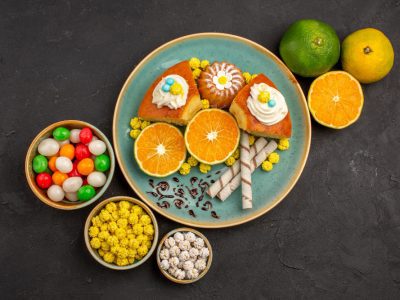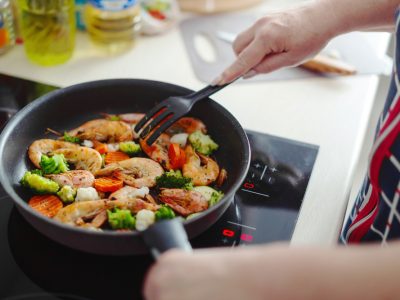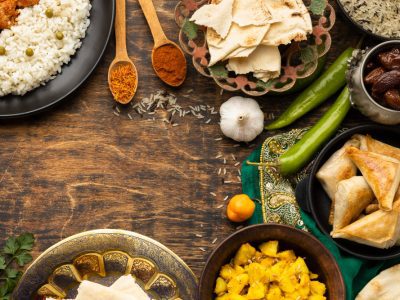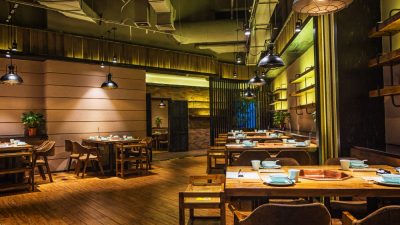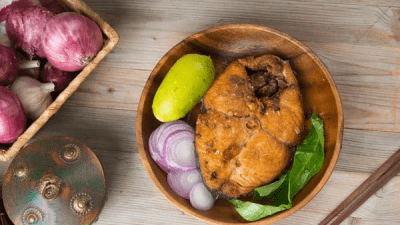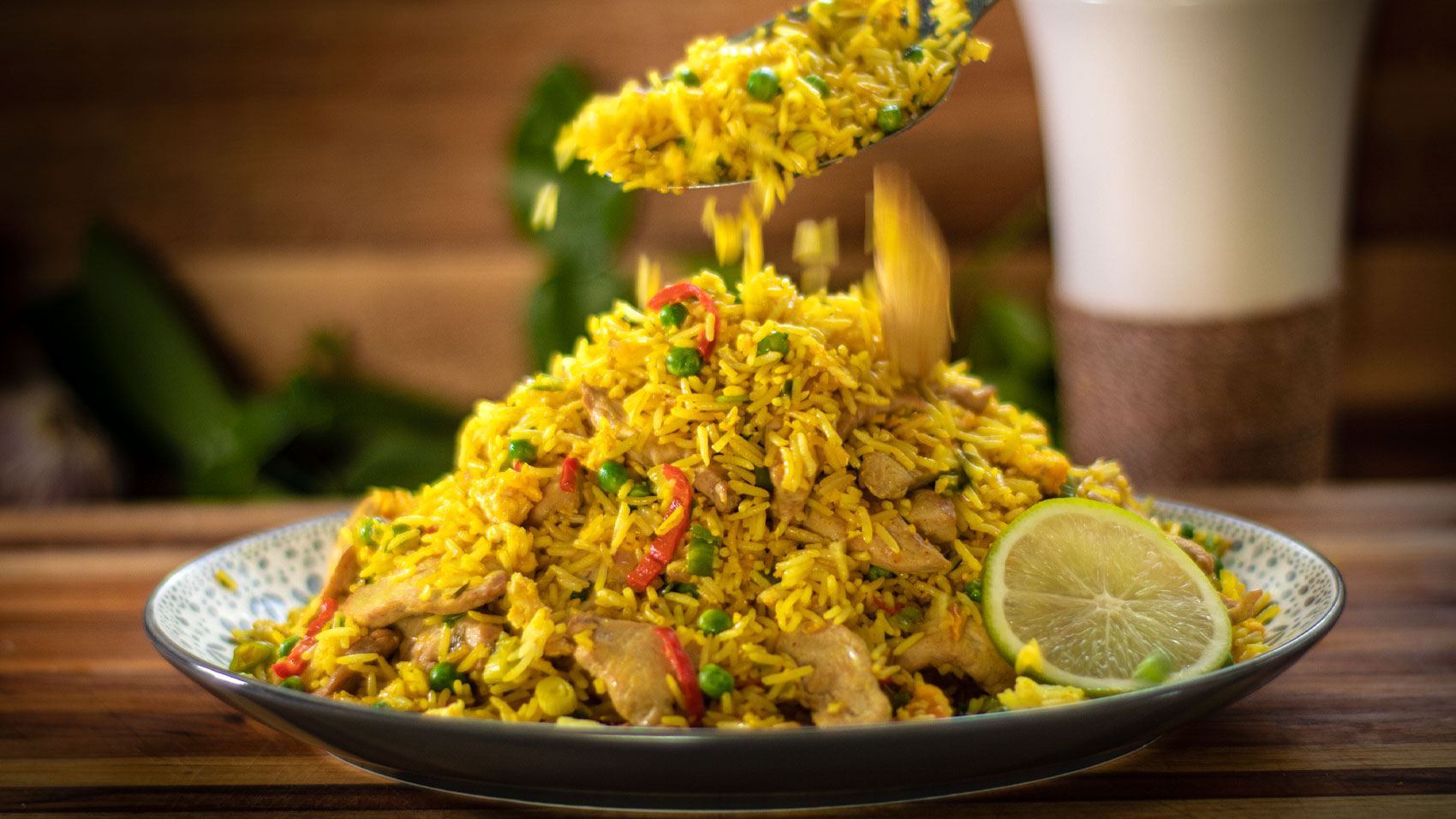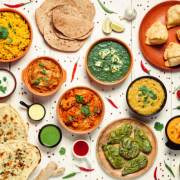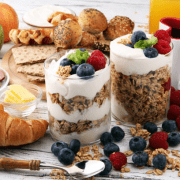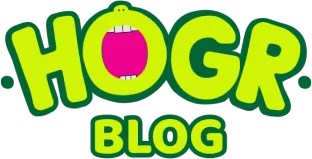Importance of Menu Designing
Much more than a simple pricing list, the menu has a pivotal role in determining the quality of the customer’s eating experience, acts as a subtle salesperson, and serves as a potent marketing tool.
The goal of good menu design for restaurants is to enhance profits, strengthen the restaurant’s brand, and influence client decisions through the use of psychological principles. A well-designed restaurant menu has the power to direct customers towards items with greater margins, showcase signature dishes, and make them feel like they are getting a good deal. On the flip side, if a restaurant’s menu is not well-designed, it can cause customers to get confused, get tired of making decisions, and suffer from reduced sales. A carefully designed restaurant menu may set you apart in today’s competitive culinary scene, where customers have so many options. Quickly grasp the restaurant’s idea, style of cuisine, and pricing point with this handy graphic.
The restaurant menu is effective as a whole because of its aesthetic appeal, the language used to describe dishes, and the strategic arrangement of things. Digital menus still play an important part in attracting and converting online clients, even for businesses that use delivery networks like HOGR delivery. Digital menus that are easy to read, brief, and attractive to the eye are crucial for success in the online food ordering market. So, for every restaurant that wants to succeed, it is crucial to understand the psychology of how customers use menus. The goal is to make the ordering procedure easy and pleasant for the customer so that it helps the restaurant achieve its goals.
A Guide to the Psychology of Menu Designing
In order to effectively influence client decisions while also listing your offerings on a restaurant menu, it is essential to understand many important psychological factors. A look at the mental processes that go into creating menus for restaurants:
Restaurant Menu Design
The design of an attractive restaurant menu is just half the battle; the other half is making the menu easy to use and convincing. Important roles are played by visual hierarchy. Menus are most often scanned in a “F” or “Z” pattern by customers. If you want more people to see and buy your high-profit items, put them in the visual hotspots (the top right corner and the top and bottom of each area). Colour psychology is a powerful tool as well. Colours that are warm, like red and orange, can make you hungry, while colours that are cold, like green and blue, can make you feel relaxed and revitalised. Nonetheless, the colour scheme needs to complement the restaurant’s identity and menu.
Also, pay attention to the typography; the restaurant’s personality should shine through in the fonts. To keep things easy on the eyes, stay away from tiny or too-elaborate fonts. Customers will be able to read and understand the restaurant menu more easily if there is plenty of white space between the various elements. Think about how big and how organised your restaurant menu is. Is it simple to work with? How does it look on the table? Does it fit? Make that the online menus on HOGR delivery and similar platforms are responsive, load fast, and easy to explore on mobile devices. When strategically placed, high-quality photos can also greatly improve the web appeal of your restaurant’s menu items.
Menu Layout Tips
Advice on how to strategically arrange menu items can have a major impact on what people choose to order. Sort foods into reasonable groups based on their similarities (such as appetisers, salads, entrees, and desserts). Think about the sequence of things inside each category. Putting more lucrative goods towards the top or bottom of a section will make them stand out more. To draw attention to specialities or suggestions from the chef, use visual aids such as boxes, borders, or slightly different font styles. Be careful not to overload the client by using too many of these, though. Adding a third, less desirable choice can make one of the two other options appear more enticing; this psychological technique is known as the decoy effect.
Giving them the choice to choose between three wildly different portions of the same item at drastically different prices can encourage them to go with the middle option. Make sure the sections are well-defined and easy to navigate when you build your restaurant’s menu for online platforms like HOGR delivery. Make use of high-resolution photos of important meals and write enticing descriptions that showcase the ingredients, cooking techniques, and special features. Think about making your online restaurant menu stand out by prominently displaying specials or promotions.
Menu Optimization
In order to keep your restaurant’s menu running well, you need to optimise it on a regular basis by reviewing sales data, customer reviews, and profitability analyses, among other metrics. Check the prices on your restaurant’s menu against the cost of ingredients and current market rates on a regular basis to make sure they are reasonable. To maintain a dynamic and interesting menu, think about seasonal changes and try new items. If you want to know how popular and useful your restaurant’s menu items are, read the reviews and feedback from customers. This includes both online and offline sources.
If your online platform (such as HOGR delivery) permits it, you can find out which restaurant menu style or description is most popular with your target audience by conducting A/B testing. Make sure that the items listed on your restaurant’s menu are always available and that any items that are out of stock are removed from the menus as soon as possible so that customers are not disappointed. The process of optimising menu items is ever-evolving and demands flexibility to accommodate shifting consumer tastes and market circumstances.
Summary
An intriguing and essential part of managing a successful restaurant is understanding the psychology of menu creation. Restaurants may make menus that sell more food and provide a better experience for customers by studying the effects of language, layout, visual signals, and smart pricing on consumer decisions. Every aspect of a restaurant’s menu, from the typefaces and colours chosen with care to the positioning of high-profit products and the use of menu engineering principles, contributes to the customer’s impression and, in the end, their choice to buy.
To attract and convert online clients on platforms like HOGR delivery, the same psychological concepts also apply to online menus, which must have straightforward navigation, captivating descriptions, and high-quality graphics. By continuously adjusting to client feedback and market developments, menu optimisation keeps the restaurant menu fresh and effective. Companies in the food industry can take advantage of the psychology of menu design to turn their menus into assets that boost profits and client happiness.
A food enthusiast and a blogger – someone who likes to eat and write about it. I’m passionate about exploring different cuisines and challenging my palette. I give into my food craving regularly and am often on the hunt to find my new favorite food place in town.


